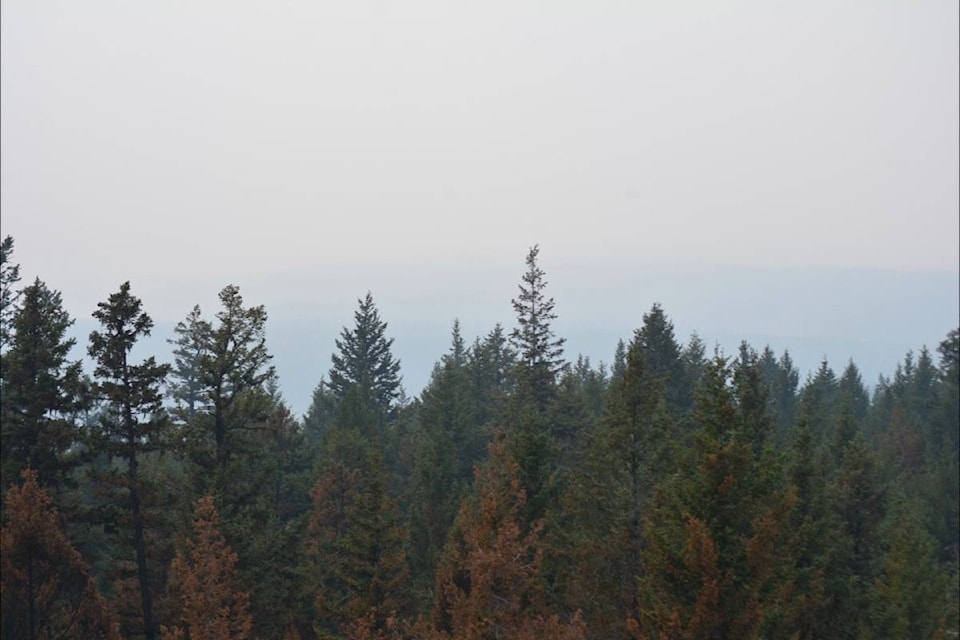I well remember the first briefing I heard from a scientist about what the future might look like 50 years down the road.
He said that the interior will look like it did 4,000 years ago.
This man is one of the main scientists at the Royal BC Museum, a man of considerable reputation: Richard Hebda, PhD.
He said that the forests that have reached down into the grasslands will have receded to the elevation of 4,000 to 5,000 feet.
That could make ranchers happy with more grasslands, but it might just make the valley bottoms hotter and even drier.
Small, frequent (less hot) grass fire enthusiasts will be happy. 4,000 years of forest encroachment will be gone, according to his favorite scenario.
In the meantime, we are reeling with the not-yet aftermath of the fires. We need to know that an examination of fire history shows that there was as much burned east of the Fraser River as burned west of the Fraser in decades gone by.
We think of the pine-dominated Chilcotin as more fire prone that the wetter areas in the east Cariboo. However, as climate changes may be giving us more beetle epidemics, we may find the east as vulnerable as the west to large fires.
I was once told by reliable authorities, that the animal, Caribou, historically thrived in areas that burned in 10,000 acre units, not the 1,000 to 3,000 acre units that have made up our logging history.
What’s the point here? It is simply that nature is rearing its head and “lording” over us, in spite of our attempts to put out small fires while they are localized, that is before they become immense conflagrations.
What to do now that we have more people on the landscape? Saving structures and homesteads has become the watchword of forest fire fighting.
It is just over 20 years since a bad fire and subsequent court decisions in the Okanagan changed the focus from protecting the forests to protecting the places that people have built in the interface between urban areas and the forest.
Perhaps a new reality is emerging: a new normal. That is, that we will “lose” more area to fires year by year, decade by decade until the forest retreats to the 4,000 to 5,000 foot elevation.
In any event, we will have to adapt (get used to the new reality!), even as we try to mitigate (try to change the direction of climate change, at least so far as it is human caused).
The change we are to get used to is the increased frequency of extreme events: Cache Creek was dealing with floods and then scarcely a month later was dealing with wild fire threatening their community.
My thoughts on this is that we need a meeting of the minds of local leadership and the broader provincial leadership, each respecting the other levels of expertise, and more advanced planning for what we know are eventualities.
We are not secure if we are not prepared. I know at our place we found mismatched fire hoses and pumps that were not pressure, but rather volume, pumps, good for filling tanks, but not carrying multiple spray hoses capable of spraying barn roofs.
When this is over and the dangers have passed, we need to have a serious, respectful analysis of what went right and what went wrong, and what we can do better to be prepared for a next time.
In the meantime, thanks to everyone who helped save their own and their community’s property and space and keep us safe.
Columnist David Zirnhelt is a member of the Cariboo Cattlemen’s Association and chair of the advisory committee for the Applied Sustainable Ranching Program at Thompson Rivers University in Williams Lake.
